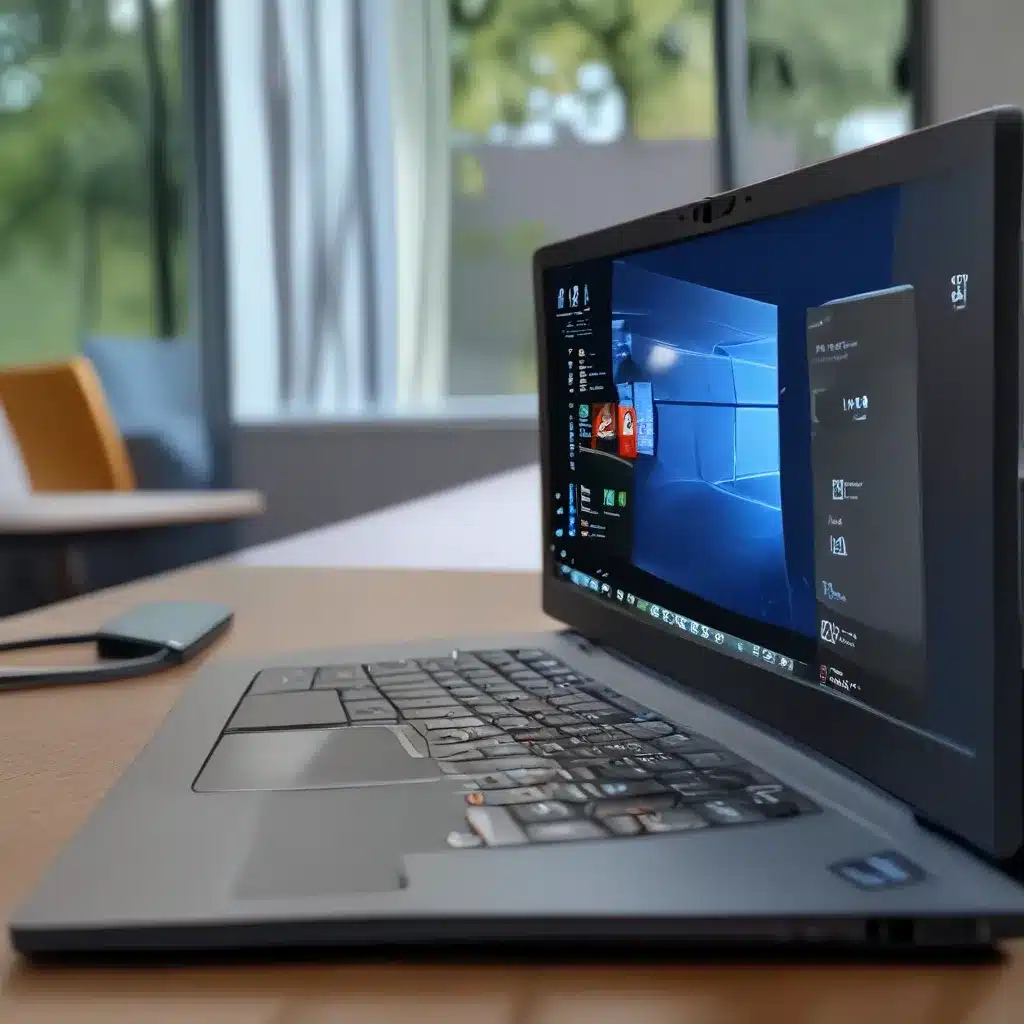
Unveiling the Mysterious World of Windows 11
Ah, the age-old conundrum that plagues PC enthusiasts and tech-savvy individuals alike: can I install the shiny new Windows 11 on my trusty old hardware? Well, my friends, brace yourselves for a wild ride as we explore the ins and outs of this tantalizing challenge.
You see, when Microsoft first unveiled Windows 11, they issued a not-so-subtle warning: only the newest, most cutting-edge hardware need apply. But, as any seasoned tech-lover knows, the rules are made to be broken. So, let’s dive in and uncover the secrets to installing this latest Windows masterpiece on your not-so-ancient machine.
Decoding the Windows 11 System Requirements
Now, before we get our hands dirty, it’s crucial to understand the official system requirements for Windows 11. According to Microsoft, your computer needs to meet the following criteria:
| Requirement | Specification |
|---|---|
| Processor | 1 GHz or faster with 2 or more cores on a compatible 64-bit processor or System on a Chip (SoC) |
| RAM | 4 GB or more |
| Storage | 64 GB or larger storage device |
| UEFI Secure Boot | Enabled |
| TPM | Version 2.0 |
Sounds like a tall order, doesn’t it? But fear not, my fellow tech-savvy explorers, for we have a few tricks up our sleeves.
Bypassing the Barriers: A Step-by-Step Guide
As I discovered in one of my research videos, the system requirements set by Microsoft are, in fact, more of a suggestion than a hard rule. With a little elbow grease and a keen eye for detail, we can navigate around these seemingly insurmountable obstacles.
First and foremost, let’s address the elephant in the room: the TPM 2.0 requirement. Now, I know what you’re thinking, “TPM? What is this sorcery you speak of?” Well, my friend, TPM stands for Trusted Platform Module, and it’s essentially a little security chip that helps protect your data. But fear not, there’s a way around it.
As I learned from the Reddit community, if you’re on a BIOS-only machine (that’s a fancy way of saying your computer doesn’t have the newer UEFI system), you can actually bypass the TPM 2.0 requirement by simply disabling the secure boot check in your BIOS settings.
Now, I know what you’re thinking, “But won’t that make my computer less secure?” Well, my friend, it’s a trade-off – you can either have the latest and greatest Windows 11 or the ultimate in security. But don’t worry, I’ve got your back. Once you’ve got Windows 11 up and running, you can always re-enable the secure boot feature for that extra layer of protection.
Embracing the Challenge: Breathe New Life into Your Old Hardware
As I discovered in another informative video, the beauty of this whole endeavor is that, once you’ve overcome the initial hurdles, Windows 11 will run like a dream on your not-so-ancient hardware. In fact, you might even be surprised at how snappy and responsive your computer becomes.
Imagine it: your trusty old machine, once relegated to the dusty corners of your tech arsenal, now proudly brandishing the latest and greatest Windows 11 interface. It’s like giving your faithful companion a shiny new coat of paint – a testament to the resilience of technology and the power of human ingenuity.
So, my fellow tech-savvy adventurers, what are you waiting for? Grab your screwdrivers, dive into those BIOS settings, and let’s unleash the full potential of your older hardware with the wonders of Windows 11. After all, who needs the latest and greatest when you can breathe new life into the old and make it shine like a diamond?
And remember, if you ever need a helping hand or a friendly tech support team to guide you through the process, the team at IT Fix is always here to lend a hand. Happy installing!












